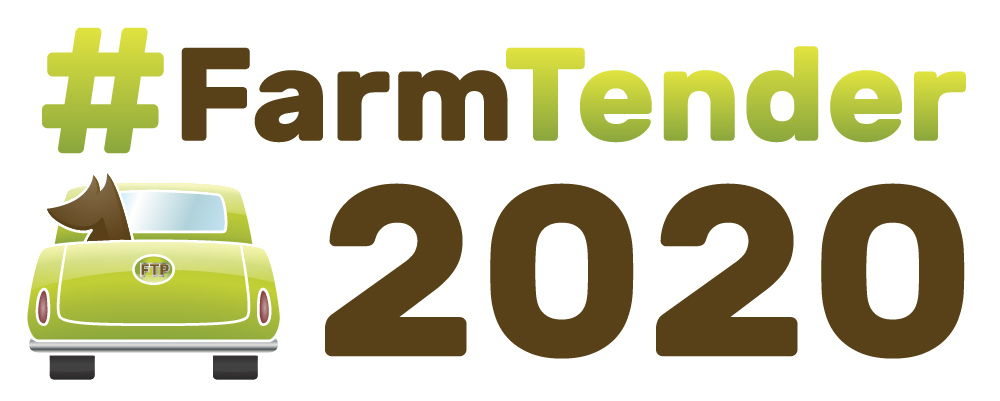How milk is priced will continue to evolve
- By: "Farm Tender" News
- Regenerative Ag & Carbon Farming News
- Feb 05, 2020
- 462 views
- Share

This article is bought to you by Lawless Lasers.
This year will be one to watch for Australian dairy with potential changes to two major market factors.
Rabobank’s senior analyst dairy Michael Harvey flagged the hunt for a new price leader in southern markets and new private-label milk contracts as factors to watch for the Australian industry in 2020.
In the bank’s Agribusiness Outlook 2020 report, Mr Harvey said with the Mandatory Code of Conduct now in force, dairy companies were obligated to publicly announce milk prices for 2020/21 by June 1.
“A company will need to lead in announcing first,” he said.
“Meanwhile, how milk is priced will continue to evolve, with a move away from benchmarking to market-based pricing.”
Mr Harvey said a number of drinking milk private label contracts for the two major retailers were up for renewal in 2020.
“A keen eye will be on who the winning bidder is and how the value is distributed through the chain,” he said.
Mr Harvey said Australian milk supply would continue to decline in 2020.
It had already fallen 5 per cent by the mid-way point of the 2019/20 season and ongoing extreme drought conditions in northern milk-drinking regions, challenges for the Murray irrigation region and the impact of bushfires in NSW and Victoria would negatively impact production.
#FarmTender2020 - Focus on Farming Systems - June 5th, Bendigo, Vic

Tickets available now - click here
“However, there are regional bright spots, with a return to growth in Gippsland and Tasmania,” he said.
The timing of the autumn break would be critical to milk supply recovery.
“In order for dairy farm operators to fully take advantage of the milk pricing landscape, there needs to be some relief of feed costs,” Mr Harvey said.
“A timely autumn break is vital to boosting the home-grown feed and fodder heading into the new season, given the outlook for elevated purchased feed price.”
The milk price outlook remained a bright spot heading into the 2020/21 season.
“The modest outlook for milk production growth across the major exporting regions will be broadly positive for global commodity prices in 2020,” he said.
But based on Rabobank’s modelling, global market pricing did not support another milk price increase before the end of this season.
Rabobank’s 2019/20 commodity milk price forecast sat at $6.65 a kilogram milk solids – lower than weighted average prices across the southern export region.
Those prices – between $6.90/kg MS and $7.20/kg MS – were largely due to higher domestic returns compared with commodity exports and competition for supply, which could fuel more increases.
“Looking further afield, global market dynamics will support elevated farmgate prices continuing into 2020/21,” Mr Harvey said.
The key would be the production response to the higher prices.
“The first litmus test for the market will be the spring peak in the northern hemisphere,” Mr Harvey said.
“There are no immediate alarm bells ringing regarding dairy demand in key markets.
“But there are risks, with a global economic slowdown and rising dairy retail prices.
“A close eye will be on China’s import appetite.”
Ad - Lawless Lasers - Think Level, Think Lawless - Ad 











Share Ag News Via